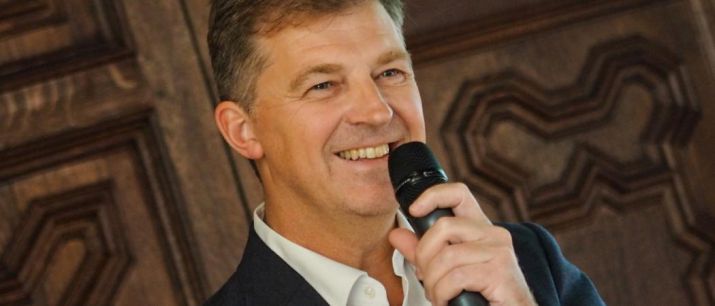
Money for research and infrastructure helps, but really, the east of Europe needs to attract and retain talent, says Markus Dettenhofer, Executive Director of CEITEC based in Brno, Czech Republic.
Europe’s peripheral regions have not been as successful as longer-standing core members in competing for grant awards under the European Commission’s framework programmes. But the current debate over whether to address this by bolstering existing tracks for Eastern Europe, or even creating new programmes earmarked to subsidise the areas that are lagging, has lost sight of what should be the core objective - of raising standards in these regions.
Of course finance is critical, and these regions need access to funding for research and innovation. Building up research infrastructure through the European Regional Development Fund is also a key part of the jigsaw. But boosting investment in regions that lack the expertise to put the funding to work is misguided.
For me, building a critical mass of skills should be at the core of the discussion on how to bridge Europe’s east – west and north - south research gap.
Higher salaries have been touted as the way to recruit talented people. But if a scientist is interested in moving to a different institution to establish her or his laboratory, many other factors come into play.
Would an ambitious scientist take a position because the equipment and/or infrastructure is outstanding and expensive, if they are going to be working in a setting where there are few colleagues with whom to exchange ideas, or under institutional regulations which limit their creative activity?
If you build it, will they come?
It does not follow that because there is investment in infrastructure, a critical mass of skills will emerge. Apart from a shiny new building, scientist recruits will be looking for an organisation that has transparent hiring conditions, guidelines for financial allocation, access to trained support staff, and clear performance expectations that will entice further talented scientists to follow.
In short, it is necessary to create the right culture, which is underpinned by proper governance structures. It calls for a transition from ad-hoc handled arrangements based on familiar networks, or a culture rooted in informal verbal agreements, to accepted institutional standards.
At the heart of the persistent gap in European research is not a lack of talent in the EU-13, but the inability to foster a culture of creativity in which talented scientists can reach their full potential. There is a need for institutional settings which understand what an open scientific culture looks and feels like.
Attracting talent
Critical mass – and sustaining it – is not simply about head count. Rather, it should be interpreted to mean the right team is brought together - s::o that the collection of individuals can act together to catalyse their thoughts, ideas, research and discoveries. The outputs are greater when working together as a unit, than when working independently, or in parallel. As an extension, it is the environment and development of a culture within an organisation which promotes the development of critical mass, which is sustained not just by adequate funding, but because the best talent in a given field organically gravitates to become part of the critical mass. It goes without saying, in such an environment, members motivate each other to achieve high-level science, and this system is sustained by passion and talent.
Source, image credit: www.sciencebusiness.net, M. Dettenhofer